N-1ws #19: Tern’s GSD v3 gets more stuff done, Chris King expands into alloy wheels, and how to unclog your tubeless valves
Canyon’s new Exceed is gravel-inspired, the Litespeed Ghisallo returns for real, Vittoria feels the pressure, Revel lightens up, and much, much more.
Featured in this week’s tech round-up:
Canyon’s new Exceed CF carbon hardtail is aiming at more than just XC racing.
Litespeed brings back the Ghisallo for real – with rim brakes!
The Revel Rascal SL shaves off the grams.
Tern’s third-generation GSD cargo bike grows even more capable.
Chris King expands into aluminum mountain bike wheels.
Vittoria debuts its own tire pressure calculator.
Ortlieb’s revamped Quick-Lock bag attachment system gets impressively clever.
Connex gets into the wax game.
Core wants to take your temperature with a revamped body sensor.
USE Vybe gravel suspension seatpost review.
How to unclog your tubeless valve stems.
It dawned on me that it was twenty years ago almost to the day that I published my first tech article for a publication that wasn’t my own – back when Campagnolo was still dominating the pro road ranks, three years before Shimano introduced its first-generation Di2 groupset, and more than a year before SRAM entered the road market at all. It was a freelance article for Cyclingnews, and nothing special; just a news piece on Manitou’s then-new R-Seven cross-country suspension fork and S-Series rear shock. I was in grad school and working part-time as a bike shop mechanic at the time, and the freelance writing I was doing was a side-hustle that fell into my lap almost by happenstance.
That side hustle turned into an 11-year run as the full-time tech editor at Cyclingnews (and then Bike Radar after Future Publishing bought us), seven years at CyclingTips, and then a brief stint at Escape Collective. I keep a wooden box at home with all of the name tags and media credentials I’ve collected from all the events I’ve attended and it’s akin to a scrapbook of places I’ve been. So many product launches, countless races, tons of trade shows. I’ve never bothered to actually count them all, but it’s an awfully big pile with lots of associated memories associated, all of them good (even that one Tour de France where I knocked out my two front teeth).
There was the time I got my rental car towed while at the Dauphine because I didn’t realize there was a farmer’s market the next morning. I got to ride the actual Cervelo R3 that Stuart O’Grady used to win Paris-Roubaix. Then-UCI mountain bike coordinator Simon Burney let me do a lap of the cross-country World Cup course in Pietermaritzburg, South Africa. The list goes on and on. I wouldn’t have gotten paid if it wasn’t actually work, but let’s get real: it’s been a hell of a career so far.
It’d be fair to wonder, then, why I’d walk away from all of that last year. It doesn’t really matter what my specific reasons were for leaving; I knew it was the right thing to do, just as was eventually making the decision to strike out on my own after taking some time for myself. Following my gut has never failed me (maybe it’s all the yogurt?), and five months after kicking off this crazy Substack thing, I’m more convinced than ever I made the right choice.
I’m not sure many of us can look back 20 years and say to themselves that everything went according to plan. But I’ve always held the opinion that whatever twists and turns have come along the way, every single little thing in our past has somehow brought us to where we are today. Every good thing is something to cherish; every bad one something to learn from. The things you’ve seen, you carry with you. And all the people you’ve met along the way have helped to make you who you are now.
I suppose I could have been more driven in my youth and not spent 14 years working in bike shops. I could have pursued a career more inline with my studies instead of recklessly chasing the dream of a writing gig that I didn’t even have the wherewithal to consider if people actually made a living doing this sort of thing. I could have decided to stay in the American Midwest instead of moving out to Colorado. Countless times I could have made the more responsible choice rather than the one that just felt like what I should do, logic be damned.
I genuinely look back fondly on my shop mechanic days, and especially the countless conversations I had in the back of the shop with customers about all manners of gear: what I liked and why, what I recommended, what I thought wasn’t worth their money, what was worth fixing, and what was too far gone to save. I barely knew most of these folks outside of bikes, but regardless of socioeconomic status or political views or gender or age or whatever, it always – always – felt so easy and natural to just chat about bikes for a bit. Like old friends sitting down for coffee.
It certainly has been a curious path of twists and turns that has brought me here, but in many ways, it also feels like I’m coming around full-circle, like a sort of distillation of what I always loved about bikes and the bike industry, and a jettisoning of what I didn’t. Ups and down, highs and lows, good times and bad. Wouldn’t change a thing.
Many people have asked what my intentions are for n-1. To be perfectly honest – and perhaps in typical fashion – I’m not sure I have one. I can assure you I didn’t have much written down when I put up my first post in mid-October. I genuinely have no master plan here. There’s no roadmap for long-term editorial strategy, no documents outlining in legalese some sort of imaginary corporate structure, no org chart, no grandiose visions of selling the thing and sailing off into the sunset someday. My gut just tells me this is the right thing to do.
I guess what I’m after here is that same feeling of being a mechanic and just chatting about bikes with my customers. The shop counter is a virtual one now, of course, there are an awful lot more of you on the other side of it, I’m – thankfully – no longer on my feet all day, and while I’m certainly older than I was back then, I think I’m also just slightly less grumpy (the whole “angry Asian” nickname didn’t come from nothing, FYI). Hopefully I know a little more now than I did back then, too, but as always, there’s still much more to learn.
When all is said and done, I suppose n-1 is basically just me behind the counter again. Feel free to pull up a chair.
In the news
Remember how I said before that it feels like the bike industry is almost just willing a recovery to happen if only because it’s tired of talking about how ugly the numbers are? It feels that way more than ever, and this is another big newsletter bursting at the seams with tech news, but I guess this is the bed I make for myself when I skip a week right as the season is heating up.
Quick note: I’m playing a bit this week with a different format for the news section that emphasizes a bit more what’s coming from the brand vs. what’s coming from me. Let me know what you think in comment section please.
Revamped Canyon Exceed bolsters the resurgence of hardtails
The spiel: Canyon has redesigned its Exceed carbon mountain bike hardtail in an interesting way – not to make it more XC racing-focused, but rather to make it more amenable to adventure, exploration, and ultra-endurance applications.
Some of the changes are as you’d expect, such as the substantially slacker head tube angle (from 69° to 67°) and 10 mm boost in reach dimensions across the board, both of which grow the front centers by about 30 mm. That longer reach is coupled with shorter 70 mm stems on all sizes, there are longer chainstays on the L and XL sizes to provide more proportional weight distribution for taller riders, and the top tube also has more slope to increase standover clearance for more confidence in sketchy conditions. And regardless of length, all of the rear ends have been slightly softened, a move Canyon says will help boost traction without adversely affecting pedaling efficiency.
Other updates include internal storage (curiously situated up high on the down tube instead of the usual location underneath the bottle mount), UDH-compatible dropouts, beefier molded frame protection, a hidden steering lock to prevent frame damage from a handlebar during a crash, an English-threaded bottom bracket shell, and clearance for 29x2.4” tires. Claimed weight for a painted medium frame is 1,450 g.
Fork travel remains at 100 mm, but generally speaking, all of these changes should make the new Exceed a more capable machine in challenging trail conditions.
However, that lowered top tube also couples with a kinked down tube that Canyon says was specifically done to retain room for frame bags and larger water bottles, and there’s now been a third bottle mount added on the underside of the down tube – none of which are important for XC racing. But perhaps the bigger hint to how Canyon sees the new Exceed is that none of the builds feature stock dropper seatposts. The top-end Exceed CF 9 gets one of Canyon’s clever leaf-spring VCLS posts for more rider comfort, and all frames feature a 31.6 mm seat tube opening should you decide to add a dropper yourself, but otherwise you’re high-posting it out of the box.
“We love running a dropper to unlock a bike’s capabilities on challenging trails, and if that’s the route you want to take, the new Exceed has tunneled internal routing to make it simple to install a dropper, plus the 31.6 mm diameter opens up more aftermarket options,” reads Canyon’s press materials. “The current portfolio doesn’t feature a dropper option because we wanted to make it simple for riders to attach seatpacks for their adventures, in addition to a comfort option with the new SP0086 VCLS 2.0 seatpost.”
Canyon is offering the new Exceed CF in five builds, ranging from €2,000 and topping out at €5,000, with each level offering the sort of value we’ve come to expect from the German consumer-direct brand. Global pricing and availability is still to be confirmed, but Canyon has at least relayed to me that, “this one isn't planned for the US right now.” Bummer.
My take: Hardtails aren’t used in top-level cross-country races nearly as much as they used to, but they’ve been seeing a renaissance nevertheless as they’re a natural stepping stone for gravel riders that want something with even more capability. They’ve also enjoyed a boost from ultra-endurance races like the Tour Divide and Silk Road, both of which have been seeing increases not only in participation, but public visibility. And from a more practical perspective, hardtails an ideal entry point for people who want to get into mountain biking since they’re inherently less expensive to buy and maintain than full-suspension models, so I’m glad to see brands devoting more attention to them.
What I find most interesting here is the continued blurring of lines between gravel and MTB bikes. Canyon hasn’t gone as far as Ridley, Salsa, Grind Cycles, and some others in terms of basically sticking drop bars on to a hardtail, but it feels like we’re not far off from yet another niche segment being born. I haven’t yet tried the combo myself, but something like that would actually probably make a lot of sense for the type of riding I’m often doing so perhaps it’s time for a little experiment.
Interesting times, indeed.
Litespeed Ghisallo is back for real
The spiel: Some of you sent me messages after Litespeed’s Coll dels Reis launch a couple of weeks ago that while the idea of an ultralight titanium road bike was nice and all, what they’d really like to see is a rim-brake version that could really shave off the grams. As it turns out, Litespeed already had those folks in mind – well, twenty of you, at least.
The iconic American titanium brand has followed up on the Coll dels Reis with a reborn Ghisallo, built with a similar shaped-and-butted 3/2.5 titanium tubeset, but with non-replaceable quick-release 6/4 dropouts and rim-brake fittings that help to bring the claimed weight down to 871 g for a medium frame. That’s 77 g lighter than the Coll dels Reis, and rim-brake parts should lop off another half-kilo or so, which would make the Ghisallo truly competitive with higher-end carbon offerings.
Now, about that “twenty” part: this is truly a limited-edition offering because it uses three-piece English-threaded bottom bracket shells that were left over from the original Ghisallo. And according to Litespeed, when those are gone, that’ll be the end; no ifs, ands, or buts.
“When all 20 are completed, the tooling for the bottom bracket will be recycled, bringing the Ghisallo line to an end,” reads Litespeed’s press release. “Every Ghisallo frame will be individually numbered and will have the owner’s initials stamped into the bottom bracket. It will include a certificate of authenticity. Like the certificates included with the original Ghisallo, it will list each frame’s actual measured weight.”
Those lucky 20 folks had best be prepared to pay for the privilege. Litespeed is only offering the Ghisallo as a complete bike built with a Shimano Dura-Ace Di2 groupset, Enve carbon fork, DT Swiss PR 1400 Dicut Oxic shallow-profile ceramic-coated aluminum wheels, an Enve SES AR integrated one-piece carbon cockpit, a Chris King AeroSet 3 headset, Cane Creek eeBrake calipers, and an oversized Litespeed titanium seatpost. Retail price is a whopping US$16,800, but claimed weight is just 6.5 kg even (14.33 lb).
Yowza.
My take: Bring. It. On.
As much as I’m a proponent of disc brakes myself, I’ll also be the first to acknowledge that they’re hardly necessary for every rider and every condition, and when it comes to heading uphill, there’s still nothing like the feel of a true ultralight weight that also has ultra-low rotating weight. There’s also the ease of maintenance that comes with cable-actuated rim brakes, and Cane Creek’s eeBrake calipers are still far and away the best I’ve used. Combined with the ceramic coating on those DT Swiss wheels, I suspect this setup will provide more than enough braking performance for many.
That old Ghisallo was legendary for its low weight, but my hope is the more modern tubeset will give this modern version a much-needed injection of stiffness, given the much more elaborate shaping, larger diameters, beefier 44 mm head tube, and more precise-steering tapered carbon fork. Clearance for 28 mm tires would make this modern iteration a lot more practical than the old one, too.
While the very limited production is ostensibly due to the limited supply of those bottom bracket shells, it’s likely also a reflection of how small the market truly is for high-end rim-brake road bikes. Regardless, this Ghisallo redux will clearly be super exclusive, it’ll likely have a super smooth ride quality, and as much as I have almost zero use for something like this, it sure does tug at my heartstrings.
Revel puts the Rascal on a diet
The spiel: The Revel Rascal trail bike I reviewed a few weeks ago was a super fun and capable rig, but as several people noted, also a little heavy for a higher-end bike with just 130 mm of rear suspension travel. Revel has now upped its game with a new Rascal SL version that lops off 200 g, bringing the claimed weight down to a more competitive 3.35 kg (7.39 lb) for a large frame with a RockShox Super Deluxe Ultimate piggyback rear shock. The SL also gets built-in tool mounts (but not internal storage), some fresh paint colors, and a new all-gloss finish instead of the two-tone matte/glossy treatment of the now-discontinued Rascal v2. Build kits have been updated as well, including one with SRAM’s new cable-actuated Transmission stuff (more on that in a separate post).
While the frame shape appears unchanged, Revel CEO/president Ben Coates insists the new Rascal SL is more than just an update in materials and lay-up schedules.
“It’s a whole new bike. It shares all of the kinematics and 99% of the industrial design and feature set, but with new molds with a new laminate, tweaked to optimize weight and strength.”
Pricing starts at US$3,700 for a frame-plus-shock, and tops out US$8,600 with a SRAM XO Eagle Transmission wireless electronic groupset, DT Swiss XMC1501 carbon wheels, and SRAM Motive Ultimate four-piston brakes.
My take: This one’s easy. If Revel really has managed to retain everything that was good about the standard Rascal (and there was a lot) while knocking off a couple hundred grams, that’s a plus. This improvement does come with a fairly hefty bump in price for the bare frame (US$3,000 vs. US$3,700), but the complete builds are pretty competitive with bigger mainstream brands. Seems like a move in a good direction here.
Tern unveils the third-generation GSD v3 cargo bike
The spiel: Cargo and folding bike specialist Tern has just released the third iteration of its innovative GSD longtail. While the overall format carries over with its compact footprint, 20” front and rear wheels, and impressive carrying capacities, there’s nevertheless a sizable list of meaningful updates.
The aluminum frame features larger-diameter tubing, which contributes to a modest 10 kg in maximum hauling capacity. The total gross vehicle weight rating is now up to a whopping 210 kg (463 lb) including the rider, the rear rack is also a bit longer than before for easier loading, and the lower decks are now adjustable in five different positions to more readily accommodate different types of cargo or passengers. Although the bike itself is still barely larger overall than a standard single bike, Tern has lengthened the wheelbase some to help boost stability while in motion, and the center of gravity has reportedly also been lowered for the same reason.
Bosch Cargo Line e-assist motors are featured across the board with a healthy 85 Nm of available torque, and buyers have their choice between the more basic System 2 display and associated electronics or the more feature-rich Smart System, which adds things like more comprehensive smartphone pairing, GPS tracking, and an electronic lock and alarm. Also bundled with the Smart System option is Bosch’s innovative anti-lock brake system (developed with Magura), which Tern contends provides safer operation overall, particularly when the bike is heavily loaded.
Tern is offering the new GSD in four different models with pricing starting at US$5,000 / £4,700 / €5,400.
My take: I’ve tested the first two generations of the GSD, and while I was duly impressed by both of those, the changes introduced here sound very promising. Cargo bike frame stiffness is under-prioritized in my opinion, but it makes for big differences in handling predictability and rider confidence, particularly when the bike is heavily loaded. I can’t tell you how unnerving it is to feel the rear end of a longtail cargo bike wagging behind when your kid is sitting on the load deck, and while the second-generation GSD was already very good in that respect, this is one instance where more chassis stiffness is unquestionably better.
I’m glad to hear Tern has focused on the bike’s handling, too. There’s simply no way for a bike with dual 20” wheels to feel as stable as a bike with bigger ones, but that small-wheel format is key to the GSD’s identity given how the incredibly tidy overall dimensions make it so much easier to maneuver, transport, and store (especially given how it can be parked vertically on the rear standoffs), and so it makes sense for Tern to do whatever it can to level the playing field. The standard front and rear suspension from the second-generation GSD already made a big difference in that respect, and the longer wheelbase and lower center of gravity should help even more.
The last major point to grab my attention is the standard ABS on the upper-end models. If you’ve never had the opportunity to try it, it’s genuinely mind-blowing to be able to grab the brakes as hard as you want without fear of locking up a wheel. You still have to be mindful of launching yourself over the bars, of course, but generally speaking, it’s amazing how much Bosch’s design shortens stopping distances, particularly when traction conditions are dicey.
I’m looking forward to testing one of these sooner than later (though I should probably write up that bonkers Tern Orox e-cargo fat bike first).
Chris King expands wheelset range with the aluminum MTN30AL
Feeling a bit of deja vu? Yeah, this was in the previous newsletter already. But I mistakenly jumped the gun on when Chris King was actually announcing this, so here it is again (albeit in a slightly different form based on what I mentioned earlier).
The spiel: Chris King burst out of the gate with its own brand of complete wheelsets offering only top-end thermoplastic carbon fiber rims made by CSS Composites, but it’s expanding the collection with its first aluminum model, the MTN30 AL.
As the name suggests, this is Chris King’s first aluminum mountain bike wheelset, featuring a 30 mm internal hookless profile, a shallow 19 mm depth, sleeved construction, and flattened 2.8 mm-thick rim edges. Claimed rim weight is 595 g for the 29” size and 565 g for the 27.5” version. Chris King isn’t divulging who’s actually manufacturing the rims, aside from saying the, “extrusions are done in AZ and the rims are rolled, sleeved, drilled, and finished in the lower 48.”
The new rims are of course built around Chris King’s own hubs in both six-bolt and Center Lock rotor configurations as well as Boost and Superboost spacings (not to mention the usual array of anodized colors). They’re paired with Sapim Race 2.0/1.8/2.0 mm double-butted stainless steel spokes in a traditional 32-hole three-cross lacing pattern with brass nipples.
“We’ve been so happy with our MTN30 carbon wheels, that we tried to bring as many of those design cues to these alloy wheels as possible,” said Chris King wheel product manager Greg Hudson via press release. “They’re highly responsive and give the rider the right amount of trail feedback. We really hit that sweet spot between muted and too harsh. The ride feels very smooth but also connected to the terrain.”
Claimed weight for a complete mullet setup is 2,080 g, while the 29er setup is a bit heavier at 2,131 g. Retail price for a set is US$1,250, including a two-year limited warranty against defects, a lifetime crash replacement policy (for the original owner only), and the usual lifetime warranty on the hubs.
My take: Chris King has never been a brand to chase fads and trends, and I find it reassuring that the company is continuing to stick to its guns with these new mountain bike wheels by clearing prioritizing long-term durability over flashier performance traits. They’re not particularly light, but the 32-hole drillings with thicker 14/15-gauge double-butted spokes promise a stout and sturdy feel, and those thicker rim edges bode well for preventing pinch flats (similar to what Race Face did recently with its popular Turbine wheels).
That 30 mm internal width should pair nicely with the higher-volume tires most trail riders (myself included) seem to prefer these days, too, while the shallow depth promises a decent ride quality.
If you’re one to buy by the numbers, this probably isn’t your wheels as you can absolutely get something much lighter (and less expensive) with similar dimensions. But if you tend to think longer-term with your purchases, these look promising.
Vittoria gets into the tire pressure calculator game
The spiel: Add another one to your list, as Vittoria has recently announced a tire pressure calculator of its own to compete with the likes of Silca, Zipp, Wolf Tooth Components, and seemingly everyone else out there. Why bother when there are so many other ones already available? The Italian brand says existing calculators “often overlook critical factors,” and indeed, while this one also takes into account common factors like tire model, tire type, wheel diameter, tire casing width, bike type, and total system weight, Vittoria’s also includes some more novel factors like terrain and weather conditions, riding style, whether or not you’re on an e-bike (and if it’s a lightweight or full-power model), and if you’re running inserts (and what type of insert).
“Validated through testing at Vittoria Park and Vittoria Labs, and approved by professional teams, athletes, and testers, this system ensures a highly personalized pressure commendation for every rider.”
My take: Things are definitely getting a little muddled when it comes to tire pressure recommendations, but I’m nevertheless in favor of these sorts of things becoming more readily available, if only to draw attention to the idea that tire pressure is critical to bike performance. Vittoria’s new calculator is easy to use and actually kind of fun to play with, and I like how granular you can get with the setup. But as always, your results may vary, and I encourage everyone to spend time playing with inflation pressures to see how they can affect things. After all, good bike parts – tires included – are expensive these days, but at least for now, air is still free.
Ortlieb has a brilliantly clever new bag mounting system
The spiel: Ortlieb has released a new mounting system for its range of bike bags called Quick-Lock 2.2. As the name suggests, it’s a quick-release design similar to older versions where a simple yank of the carrying handle will retract the mounting hooks so bags can be easily attaches and removed from front and rear racks. But whereas older designs required a range of snap-in plastic shims to accommodate different rack tubing diameters, the new QL2.2 now has built-in adjustability. Ortlieb says this means there will no longer be any small parts to keep track of (or toss away), the system is apparently more durable, and Ortlieb is still making them in Germany.
Folks concerned about security can even opt for the new QL2-Lock version with integrated lock cores to prevent thieves from casually walking away with your stuff.
Ortlieb is debuting the new QL2.2 hardware on “select” bag models to start, and the new brackets will also be available separately if you want to retrofit them to older bags.
My take: I really quite like it when brands take deliberate approaches to improving its products, and this QL2.2 development seems perfectly in-line with Ortlieb’s focus on long-term durability and performance. I’ve used Ortlieb bags for more than ten years and have always found the older Quick-Lock system to work well, but indeed, swapping those little plastic inserts to match with different racks is enough of a hassle that I sometimes will just leave them as-is and deal with the rattle. The fact that there’s now a locking variant strikes me as a big plus, too.
Connex announces pre-waxed chains
The spiel: Have you hopped on the chain wax bandwagon? It’s admittedly not for everyone (particularly those who regularly ride in especially wet and nasty conditions), but as compared to conventional lubes, wax is way cleaner, it dramatically extends the lifespan of your drivetrain parts, and yes, it can save you a few watts of friction, too. However, getting to that point requires completely stripping the factory lubricant from the chain, which is not only intentionally difficult to remove, but will leave you with crummy lube performance and a big ol’ ugly mess if you don’t do a thorough job of it.
Connex is the latest brand to offer its chains pre-waxed from the factory so you can skip that annoying first step. They’re available in 10-, 11-, and 12-speed widths in several different surface and pin treatments, all infused with the brand’s own hot-melt wax formula. Retail price ranges from US$80-100.
My take: I’m a big fan of wax-based chain lubricants, more for the drivetrain wear and cleanliness aspects than the marginal efficiency gains. And while I do have an ultrasonic cleaner in my home workshop, I’d rather not have to go to the trouble so I’m glad to see more brands offering wax setups straight from the factory. I haven’t found Connex chains to shift quite as well as Shimano, SRAM, or Campagnolo ones, but if you’re willing to put up with a slight hit in smoothness, they do tend to last a pretty darn long time.
Redesigned Core 2 body temperature sensor is smaller and comfier
The spiel: If you’re at all serious about your training, then the chances are pretty decent you’re already aware of Core’s body temperature sensor, which the company claims is so popular that it’s currently in use by two-thirds of the men’s and women’s WorldTour peloton. Core claims that focused heat training using its novel device, “has been proven to increase hemoglobin mass, VO2max, lactate threshold, power output, and blood plasma.”
Added to a conventional heart rate chest strap just like the original Core sensor, the new Core 2 is about half the size and one-third lighter than it used to be, with a shape that the company says is also more comfortable to wear. Core has also added a second LED to indicate charging status (the original one only had one that needed to do everything), all without affecting the claimed battery life, which supposedly provides up to six days of active use or 30 days in standby mode.
In addition to the hardware updates, Core has added more features to the associated software, too, including new integrations with Garmin, TrainingPeaks, and Zwift, and a passive heat training function for riders that like to incorporate saunas into their routine.
Retail price is pretty high at US$300 / £265 / €315, though it’s at least a one-time cost with no monthly subscription required. The company is also offering a 30% discount for existing Core users who want to upgrade.
My take: For those that do follow a structured plan, your results are only as good as the effort you put in as well as the quality (and sometimes quantity) of the data you’re using to both figure out the plan as well as track your progress. Full disclosure: I do not “train” for much of anything myself, but from a qualitative point of view, I can certainly attest to how much better my body performs in hot weather when I’ve already been riding a lot in hot weather. Am I intrigued with something like the Core 2? Sure, and bonus points to the company for not forcing you to pay a monthly fee. But would I actually stick to a plan in a way that would yield real results? TBD. As much as I lack the discipline for formal training, I also don’t like feeling slow, and I’m certainly not getting any younger.
TL;DR review: USE Vybe gravel suspension seatpost
What once was old is new again, right? It was about 25 years ago when many of us at the shop (and many of our regular customers) were adding USE mountain bike suspension seatposts to our hardtails in an effort to gain a little bit of rear-end comfort without going all-in on full-suspension. As it turns out, USE’s gravel-focused Vybe suspension seatpost isn’t all that different – mostly in a good way.
The Vybe features a conventional telescoping design with 50 mm of maximum claimed travel, aluminum construction, and an easy-to-use single-bolt head. USE keeps the guts simple here, with plastic keys and bushings, a single polyurethane wiper seal, and suspension movement controlled by two MCU elastomers and a steel coil spring mounted in series inside the base; there is no damper of any sort. Buyers can choose between three different spring rates – soft (38-55 kg/85-120 lb), medium (55-80 kg/120-174 lb), or hard (80-100 kg/174-225 lb) – and preload is adjustable with a simple threaded cap at the base of the post.
It’s offered in 27.2, 30.9, and 31.6 mm diameters – all with a 400 mm total length – but the stock clamp is only compatible with round saddle rails (different bits for carbon rails are available separately). Retail price is US$205 / £180 / €180 / AU$TBC, and actual weight for my 27.2 mm sample was 454 g, pretty much dead-on with claims.

Out in the field, the Vybe has been performing almost exactly the way I expected it would. After a short break-in period (and a couple of rides to dial in the spring rate and preload), the action is admirably free of friction, and though the internals are very simple, they’re also highly effective. The short coil spring is impressively supple and sensitive on smaller terrain features like washboard or general trail texture, while the longer stack of MCUs ramps up the spring rate for additional control on more demanding bits of terrain where bigger impacts can otherwise make your bike feel more akin to a jackhammer. In either case, it’s really only on the truly nasty stuff that you need to unweight the back end like you normally would; otherwise, you can legitimately just stay seated and keep applying power, all the while gliding across the ground like you’re riding on tires that have magically grown to twice their size.
“We have continuously improved the seat posts over the last 35 years,” explained USE’s head of sales and marketing, Mark Smith. “We have increased the length of spring stack with longer elastomers. This enables the post to absorb bigger hits with more controlled rebound.”
Two months of riding in typically powder-dry Colorado has boded pretty well for long-term maintenance, too. The polyurethane wiper seal has done a good job of keeping that ultra-fine powdered granite from mucking up the internals (despite the omission of the rubber accordion boot USE once featured on those old mountain bike posts), and I’ve noticed no additional play developing after that initial break-in period. When maintenance is eventually required – and FYI, telescoping seatposts always require regular attention – USE has removed much of the headache. The entire thing comes apart in literally a couple of minutes with no special tools required, and complete service kits (which include replacement keys, bushings, a wiper seal, and grease) cost just US$15-17.50. Reassembly doesn’t take much longer than that, either.
It’s not all roses, though, and there are certainly some downsides to the Vybe’s ultra-simple suspension design.
The biggest one is the lack of any proper damping, which of course isn’t unique to USE in the world of gravel suspension seatposts, but nevertheless feels exacerbated here. The combination of steel coil springs and MCU elastomers may be very adept at cushioning a wide range of impacts, but since there’s nothing inside the Vybe to attenuate impact energy, the rebound is proportionally fast and forceful. It’s not a big issue in situations where you can continue to sit and pedal with your body mass helping to control the movement. However, it’s more like a pogo stick on especially jarring features where the rebound force is quite literally bouncing you off the saddle.
Worsening the issue is the curiously harsh top-out. USE doesn’t bother to use a top-out bumper on the Vybe at all, so full extension is marked with a clunk that can be both heard and felt. A properly tuned top-out bumper would not only quell the noise, but would also more gradually slow down the movement at the top of the stroke, which could help to mask the lack of damping. I had hoped there was enough room inside the Vybe to add a top-out bumper myself, but alas, there just isn’t enough room.
Smith contends there’s no need for a top-out bumper if the post is “set up with some sag”, but it seems to me that only particularly soft setups would yield that sort of gentle top-out. I’m well within the prescribed rider weight range for a medium spring stack, for example, and the four turns of preload I ended up preferring is hardly unreasonable.
Overall, I think the Vybe could be a very good choice for a more comfort-focused rider, and I’d argue the effective bump absorption qualities offer very real benefits the performance-minded rider, too. However, that performance shouldn’t shouldn’t also be coupled with a disconcerting clunkiness that belies what otherwise is quite a nice post.
ICYMI
Specialized launched its S-Works Ares 2 road shoes last week, offering an even-firmer hold, remarkable levels of comfort, and more conventional aesthetics and construction than the original model – albeit with an outrageous price to match. Many have been fixating on the cost (as you perhaps should), but what I find more impactful here is that it’s the first time a major brand has used a toe box on a performance shoe that’s actually shaped like a human foot. Although it’s unfortunately limited to this flagship model at the moment, it’ll undoubtedly make its way into more affordable models sooner than later.
Head here for my full review of the new S-Works Ares 2, and head over here for my podcast with Specialized’s footwear development team on how the new shape came to be.
Tech tip of the week: How to clean dried sealant from your tubeless valves
There are a few givens when it comes to tubeless tire setups, one of which is that no matter how careful you are, eventually you’re going to have to deal with a clogged – or at least semi-clogged – valve. I don’t have any magic solutions for cleaning gunk out of the Presta valve cores themselves (thankfully they’re very inexpensive and easy to source), but if you’ve got a valve body that isn’t allow air to pass through the way it once did, there’s a super quick fix that doesn’t involve a lick of disassembly aside from removing the core.
Head over to your local hardware store and find yourself a brush that’s roughly 6 mm (1/4”) in diameter – the stiffer-bristled, the better. Alternatively, if you don’t feel like measuring, you can bring a tubeless valve with you to check the fit. To clean out the valve, all you need to do is remove the core and then run the brush through the valve a few times (three or four times is usually plenty). The bristles will scrub dried sealant not only from the inside of the valve body, but also around the opening on the tire side, which is often where the most stubborn clogs are. In all likelihood, you’ll see a bunch of dried sealant stuck to the brush bristles as you pull it out of the valve body, probably with some semi-dried goop, too.
From there, you just re-install the valve core (use a new one if necessary), and that’s it. Easy!
The brush should only cost you a few bucks, it’ll last for ages, and it’ll save you a whole lot of hassle down the road.
Ok, still with me? This may very well be the biggest newsletter to date, and my guess is it’ll probably be closer to the norm given we haven’t even gotten into April yet. Maybe I should start selling branded coffee beans so you can enjoy some n-1 brew to keep your attention while you’re making your way through this thing?
Anyway, thanks for reading as always, and see you all after the weekend.






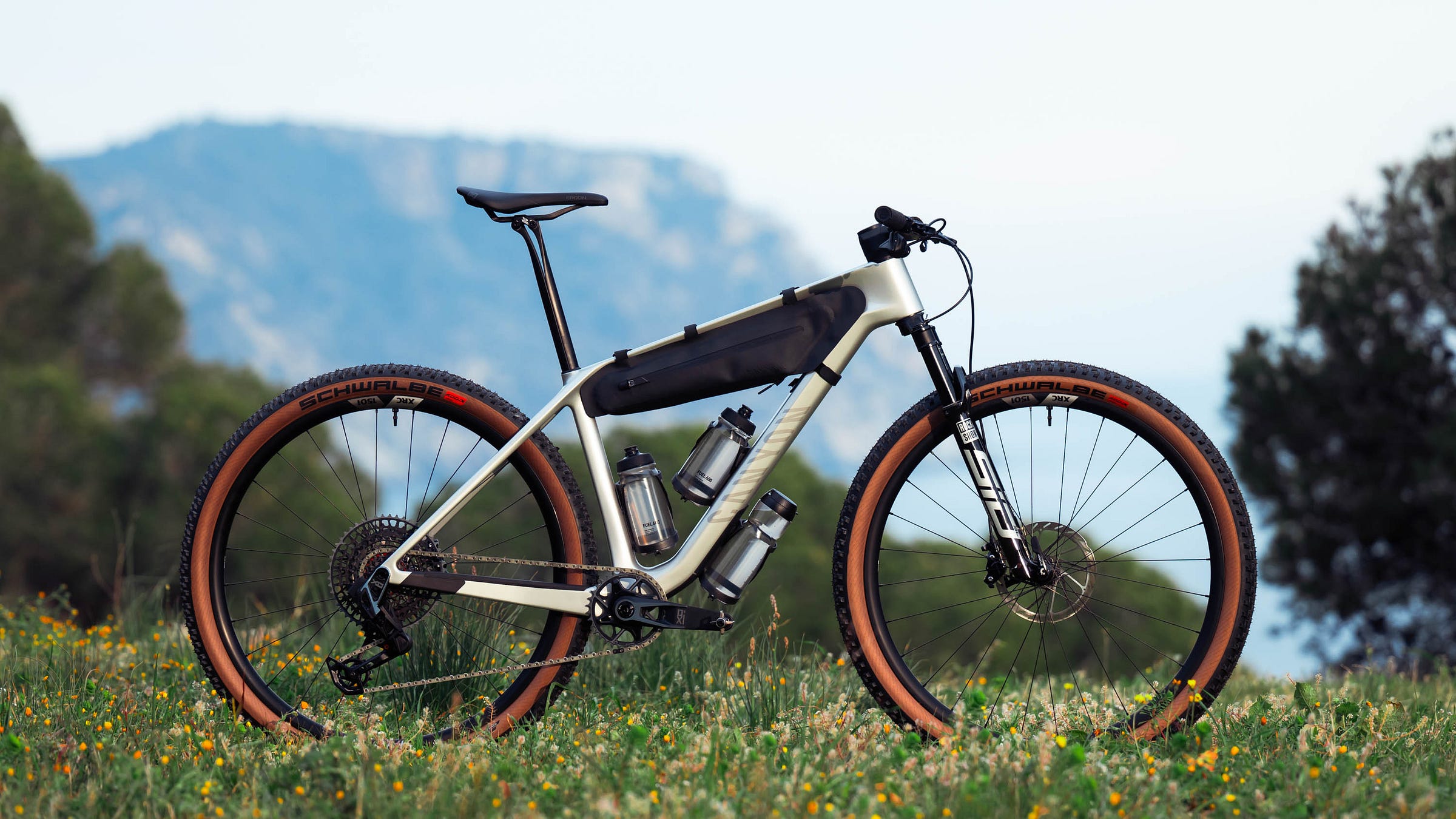
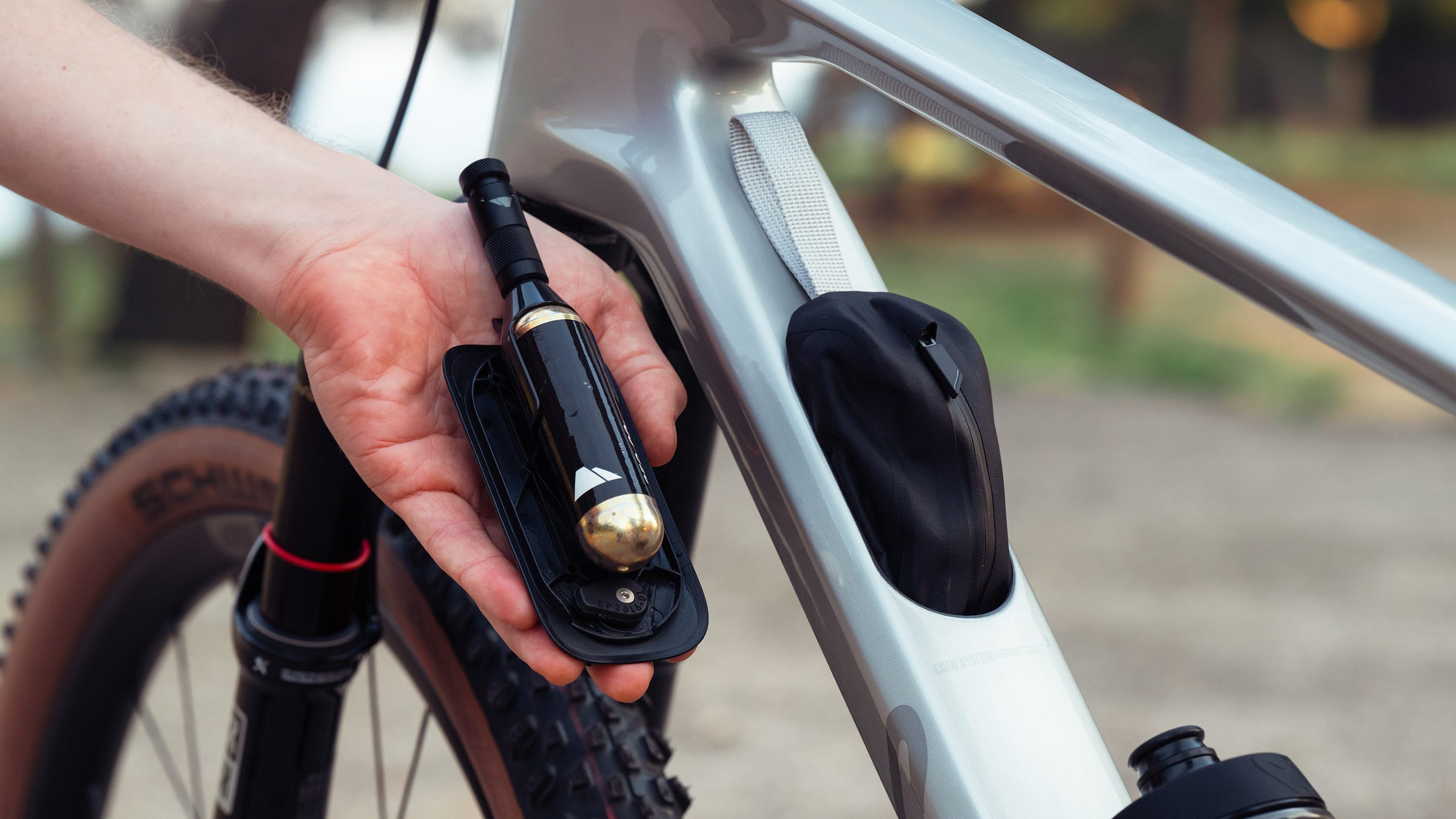
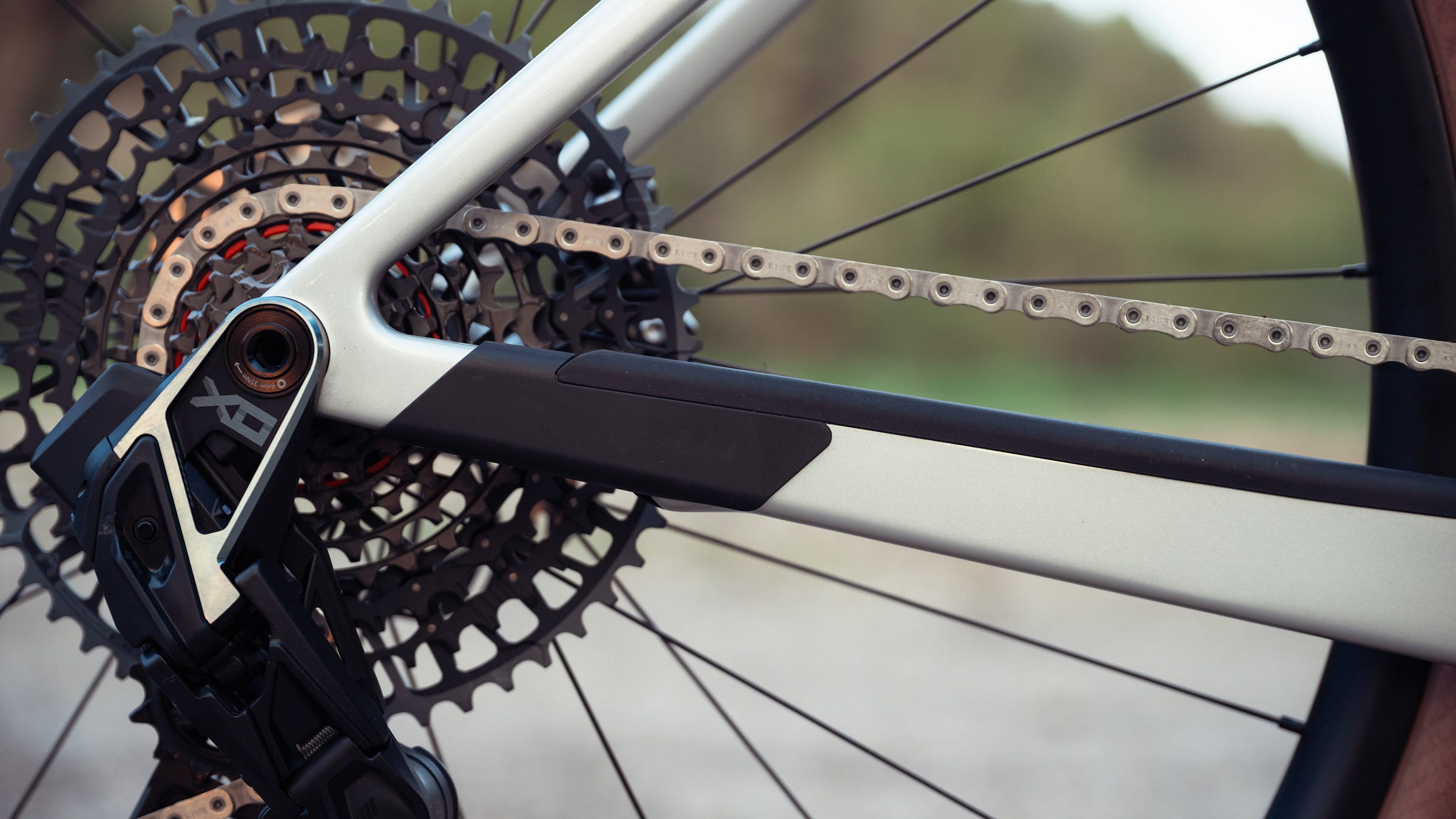
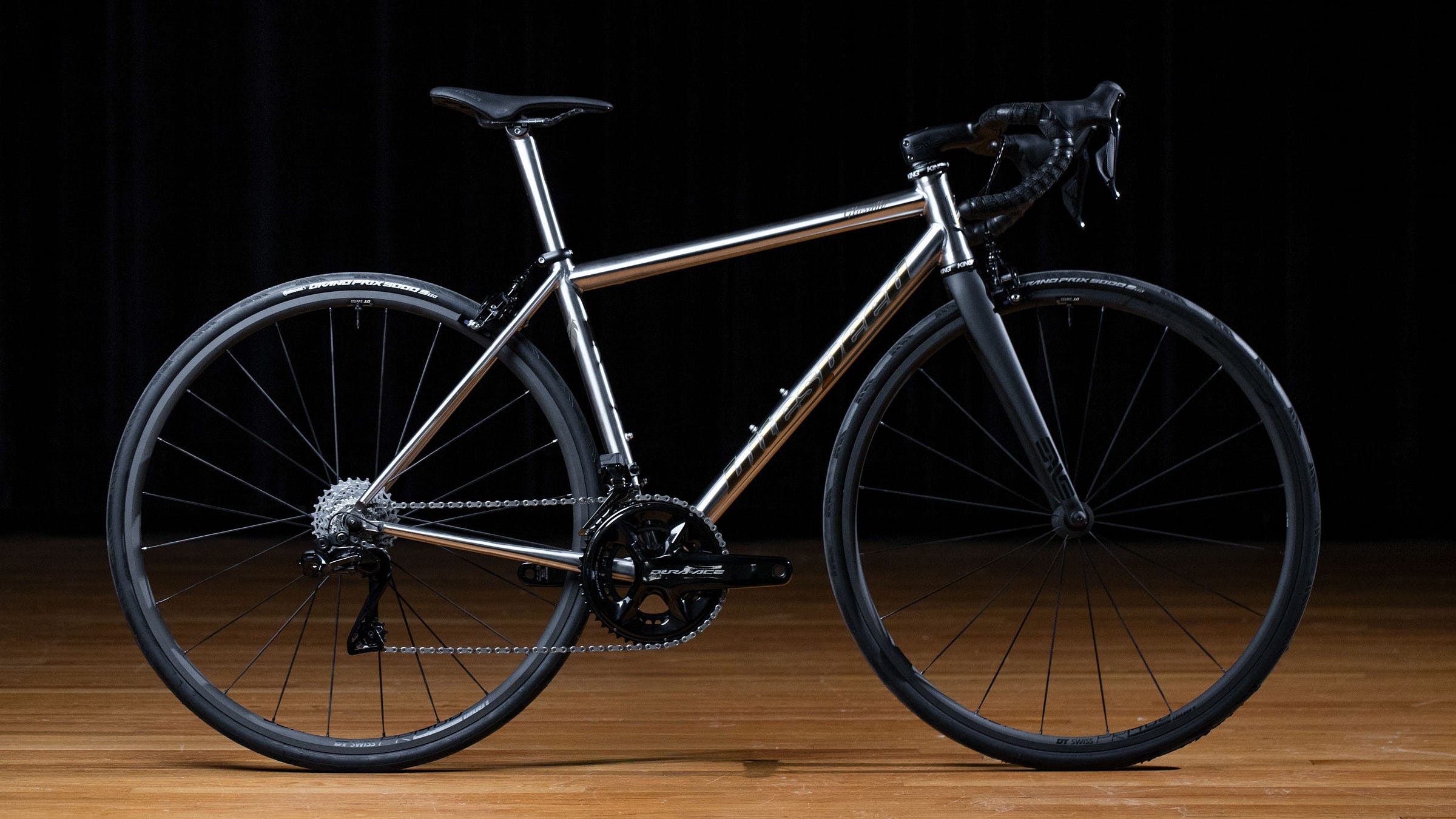
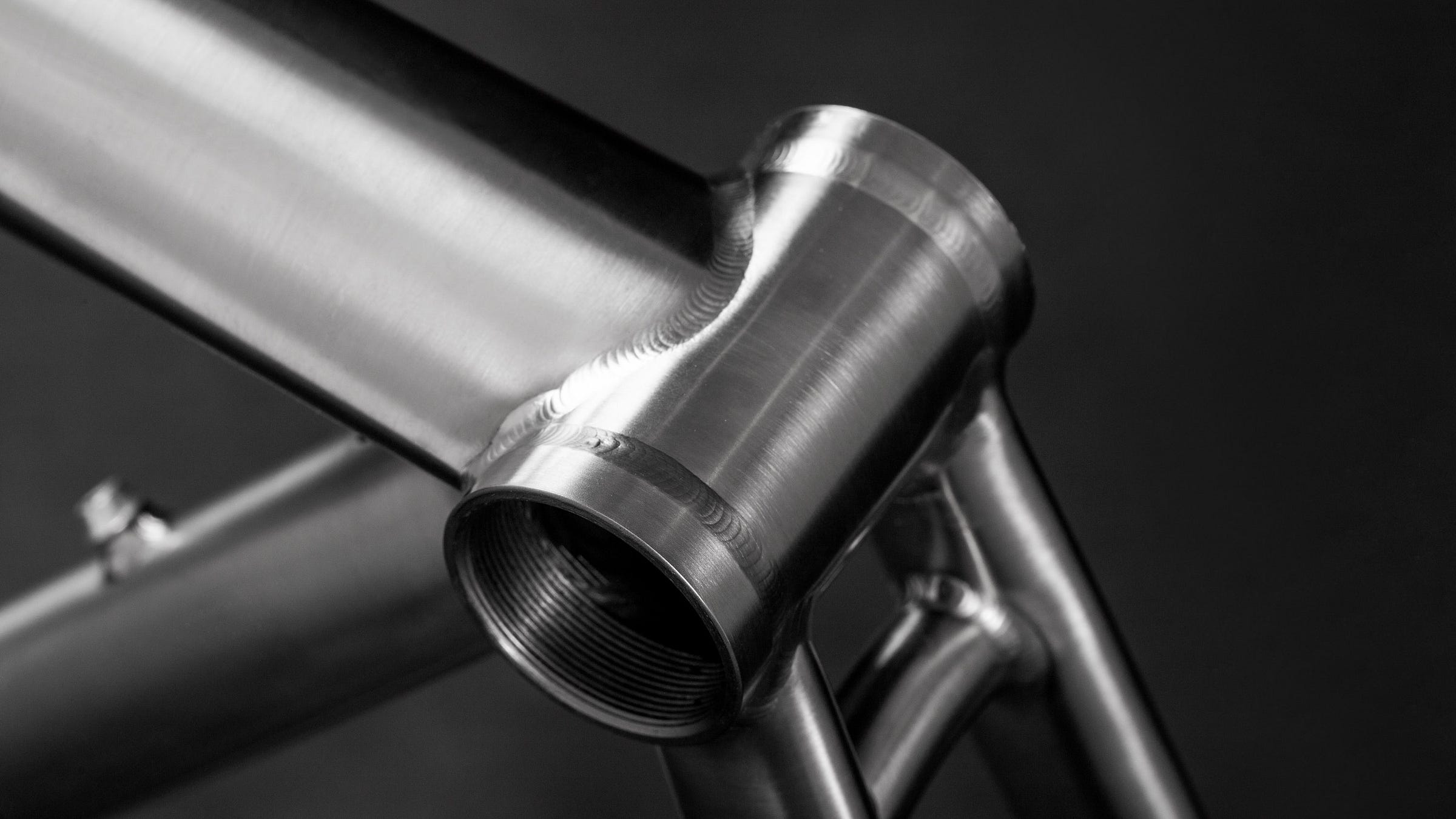
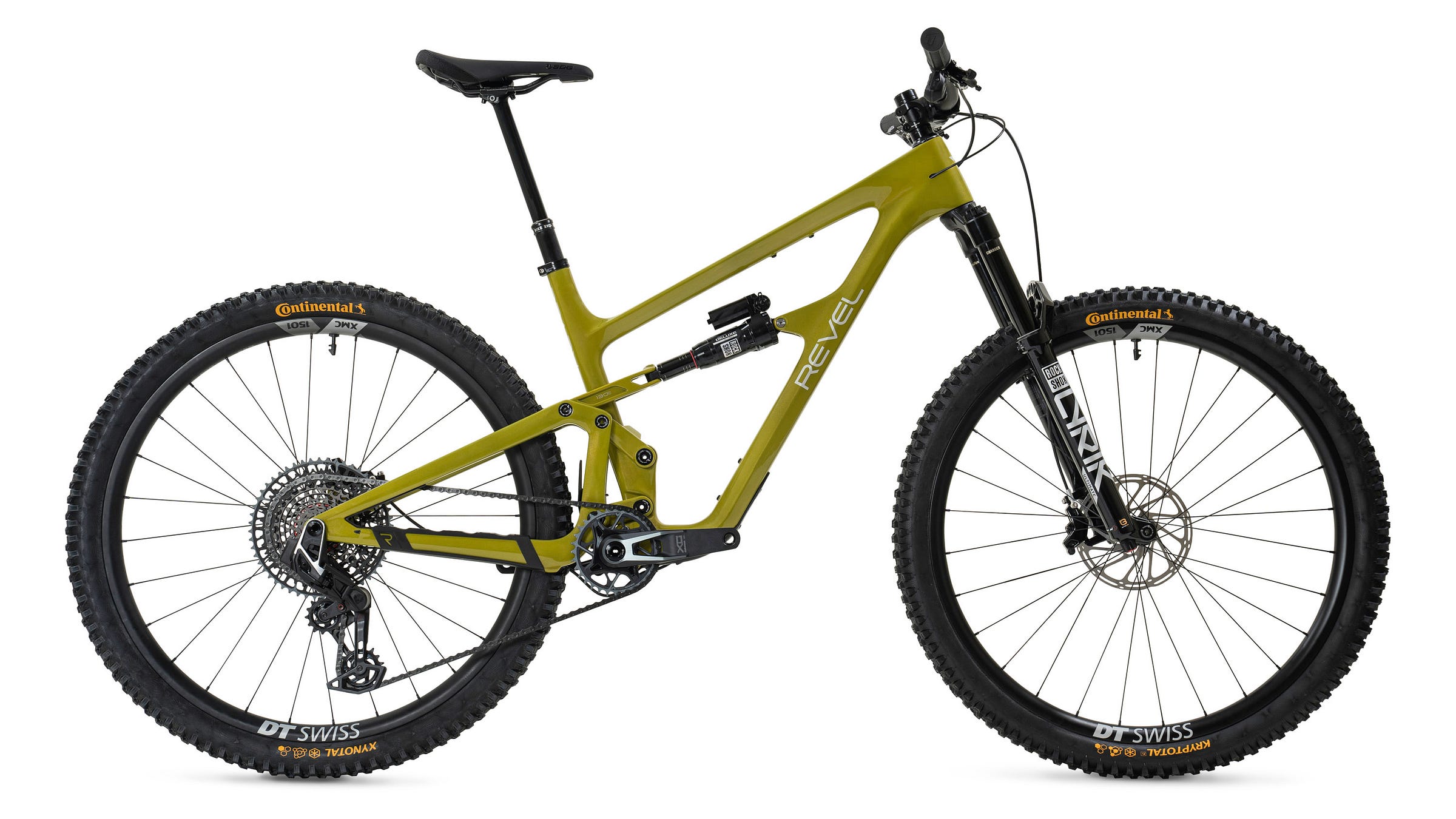
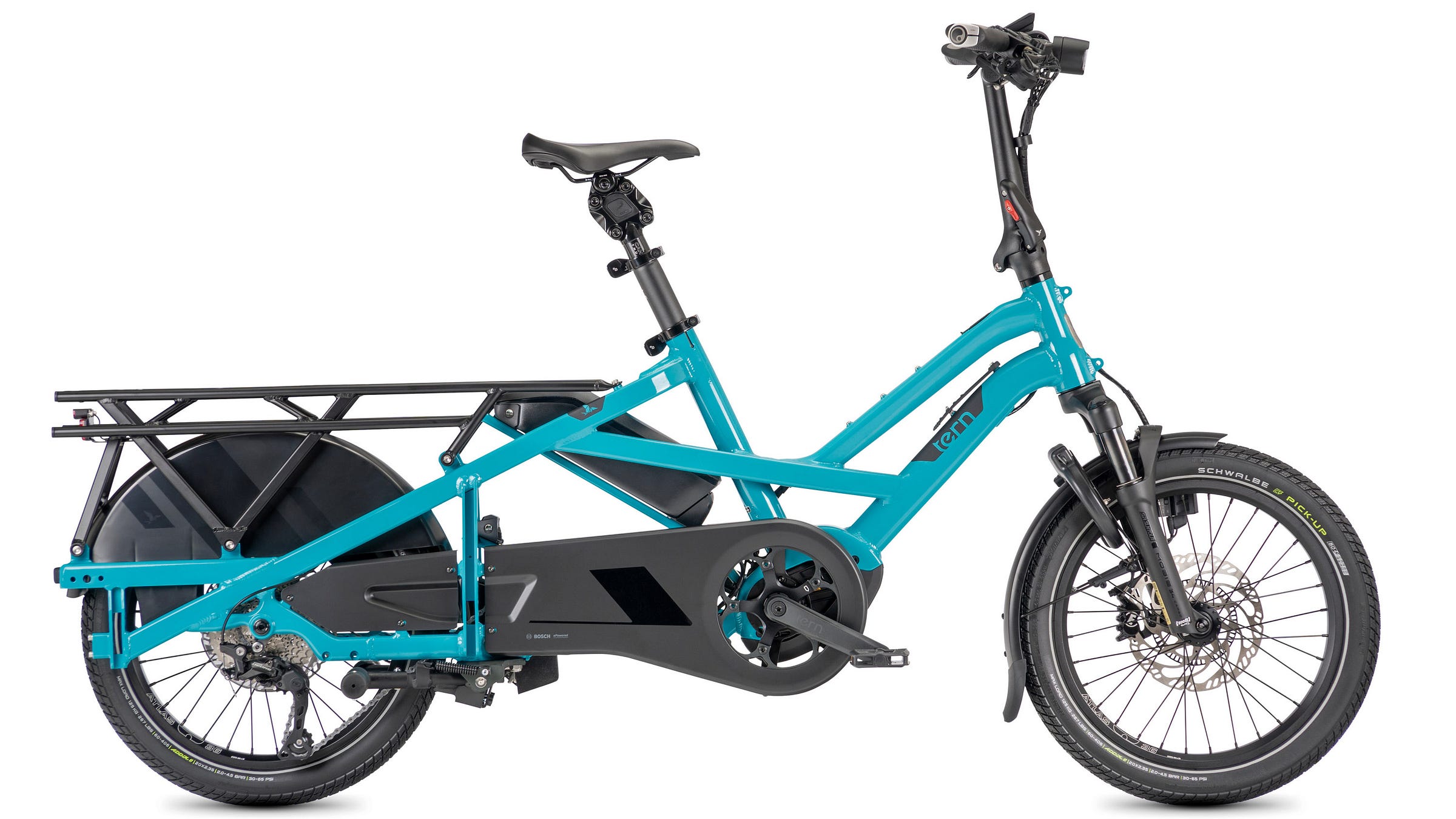
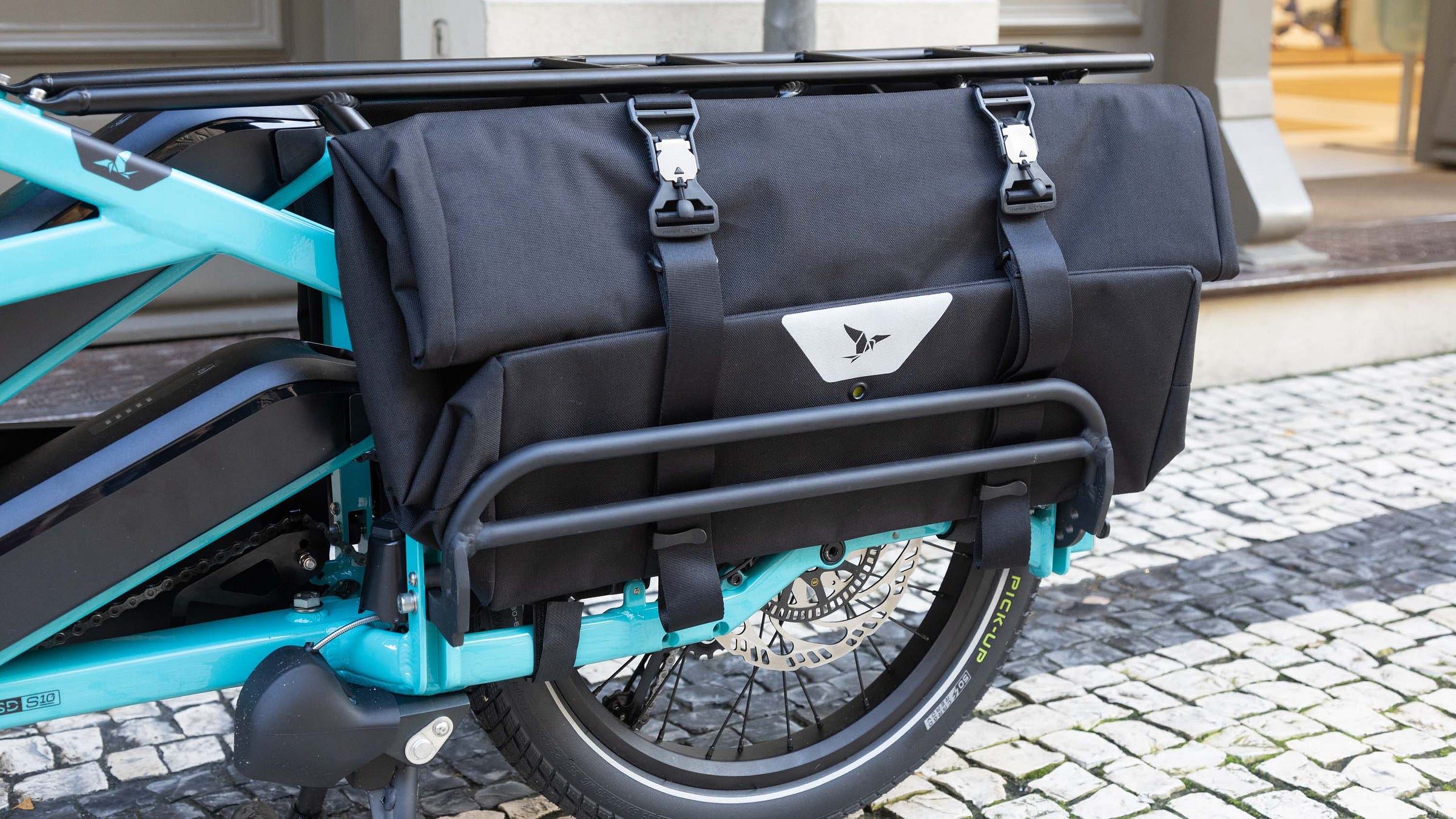
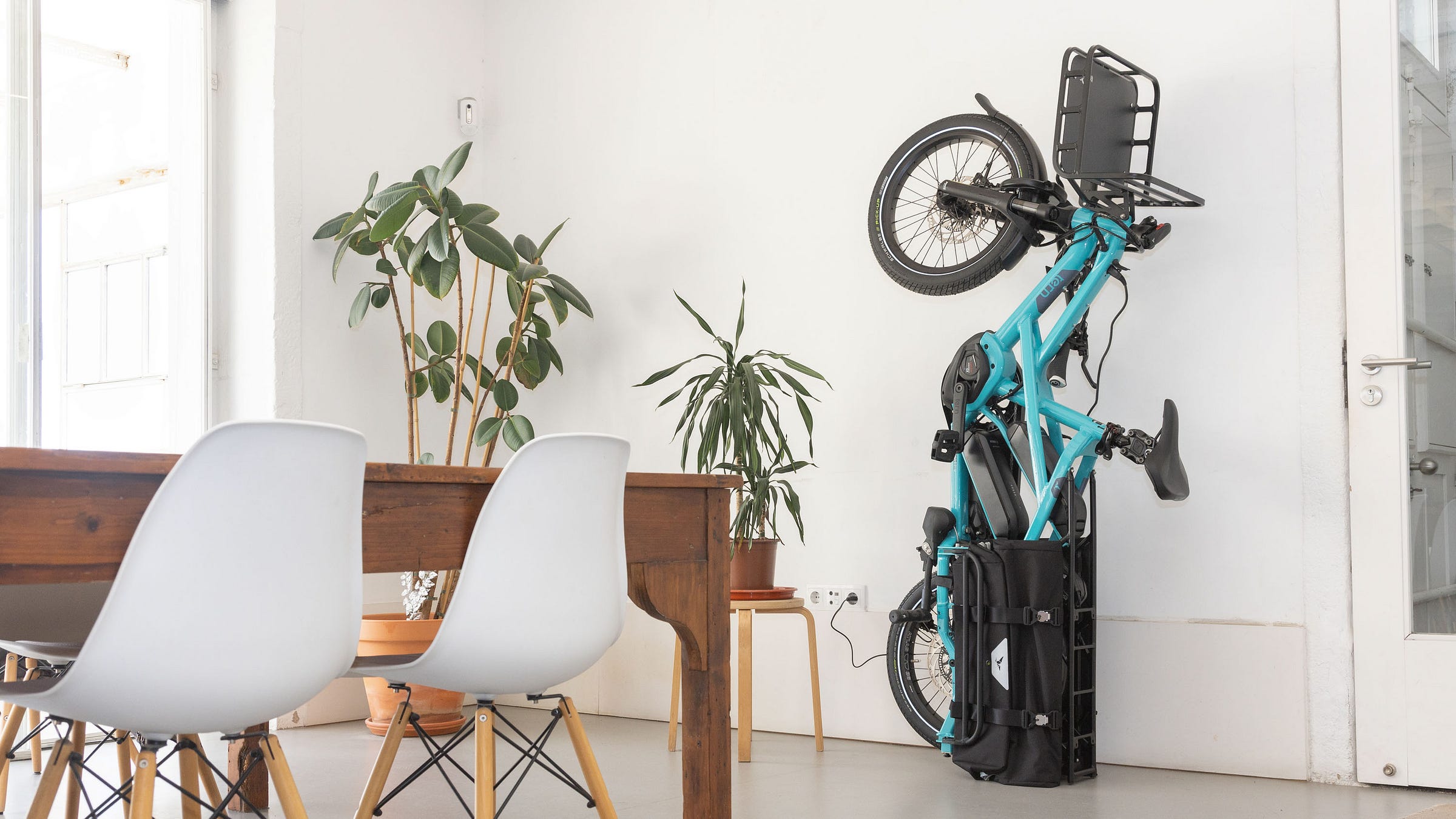

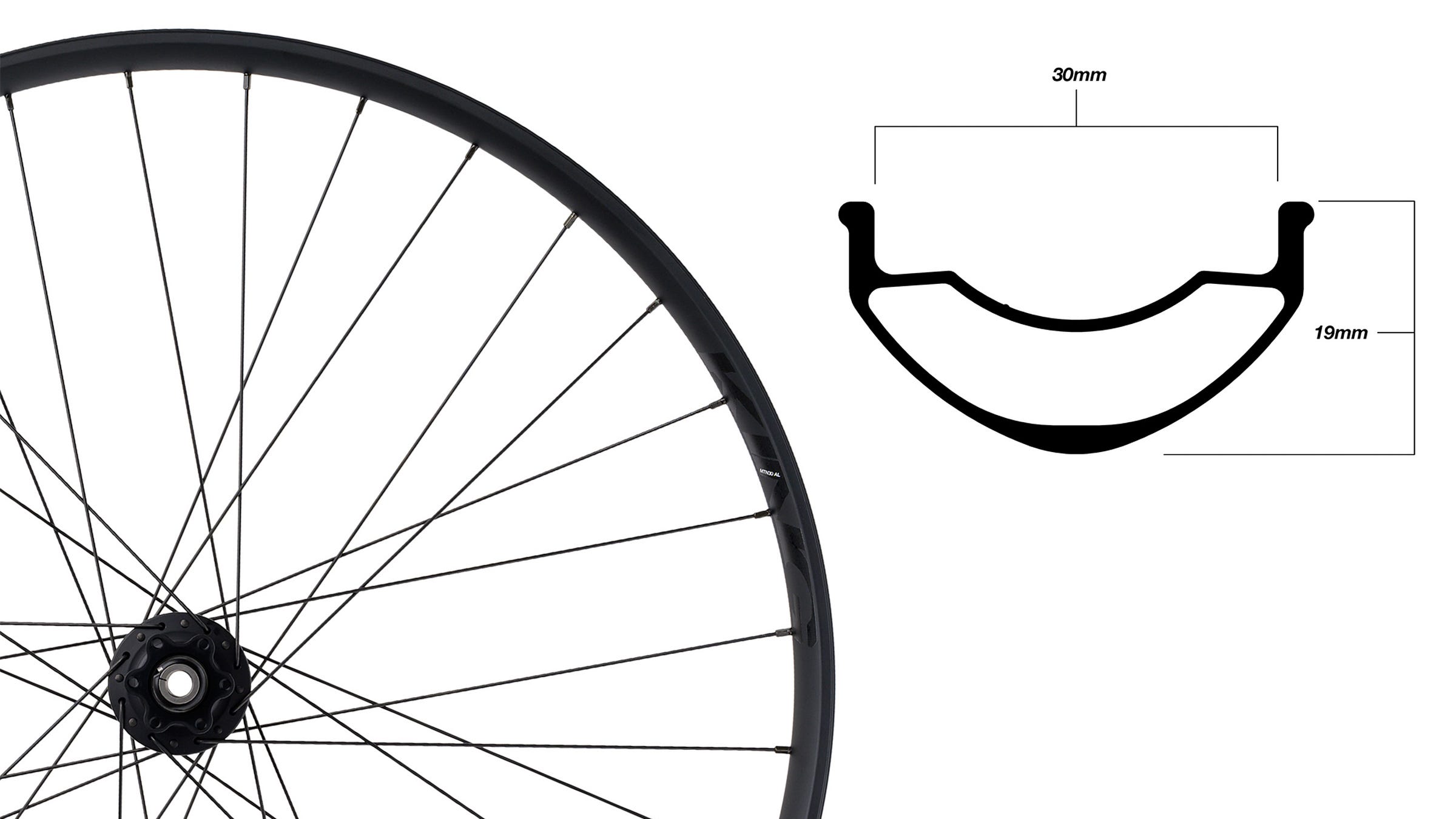
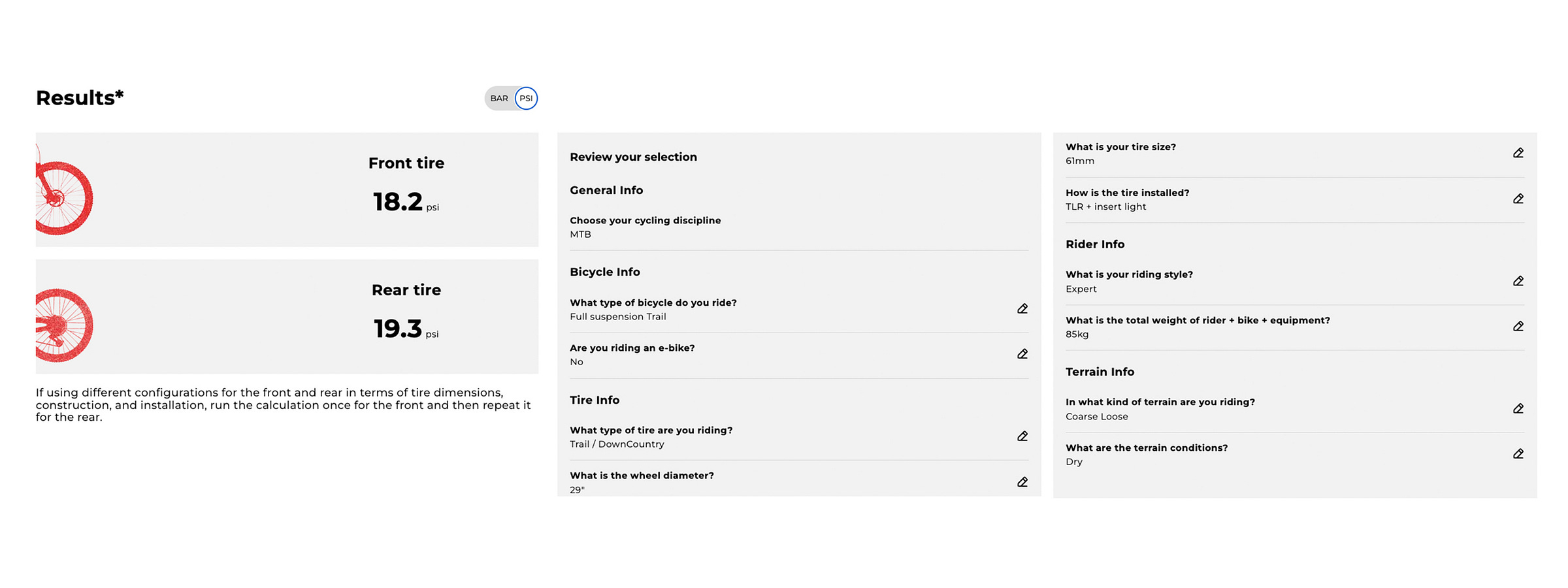

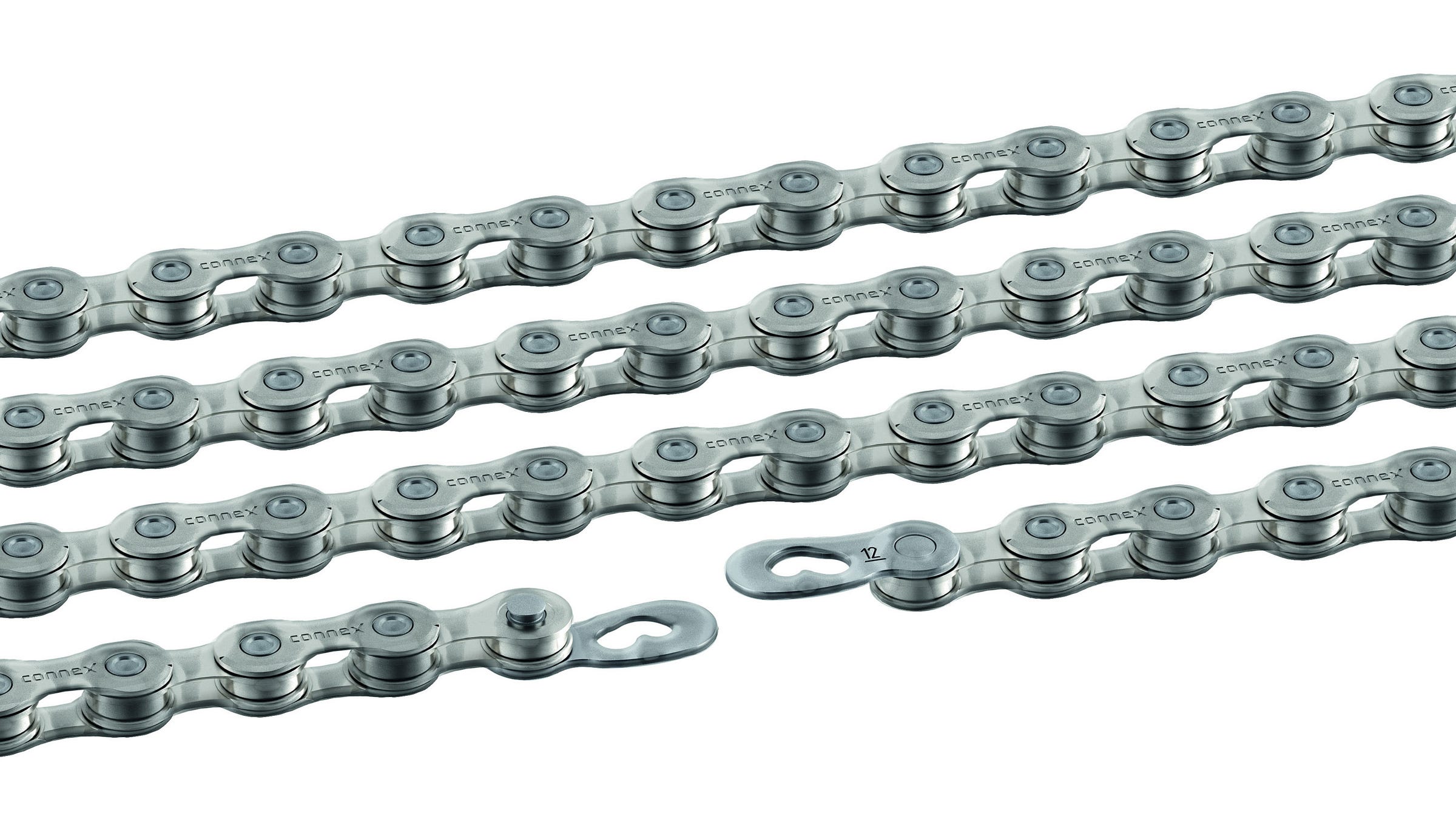
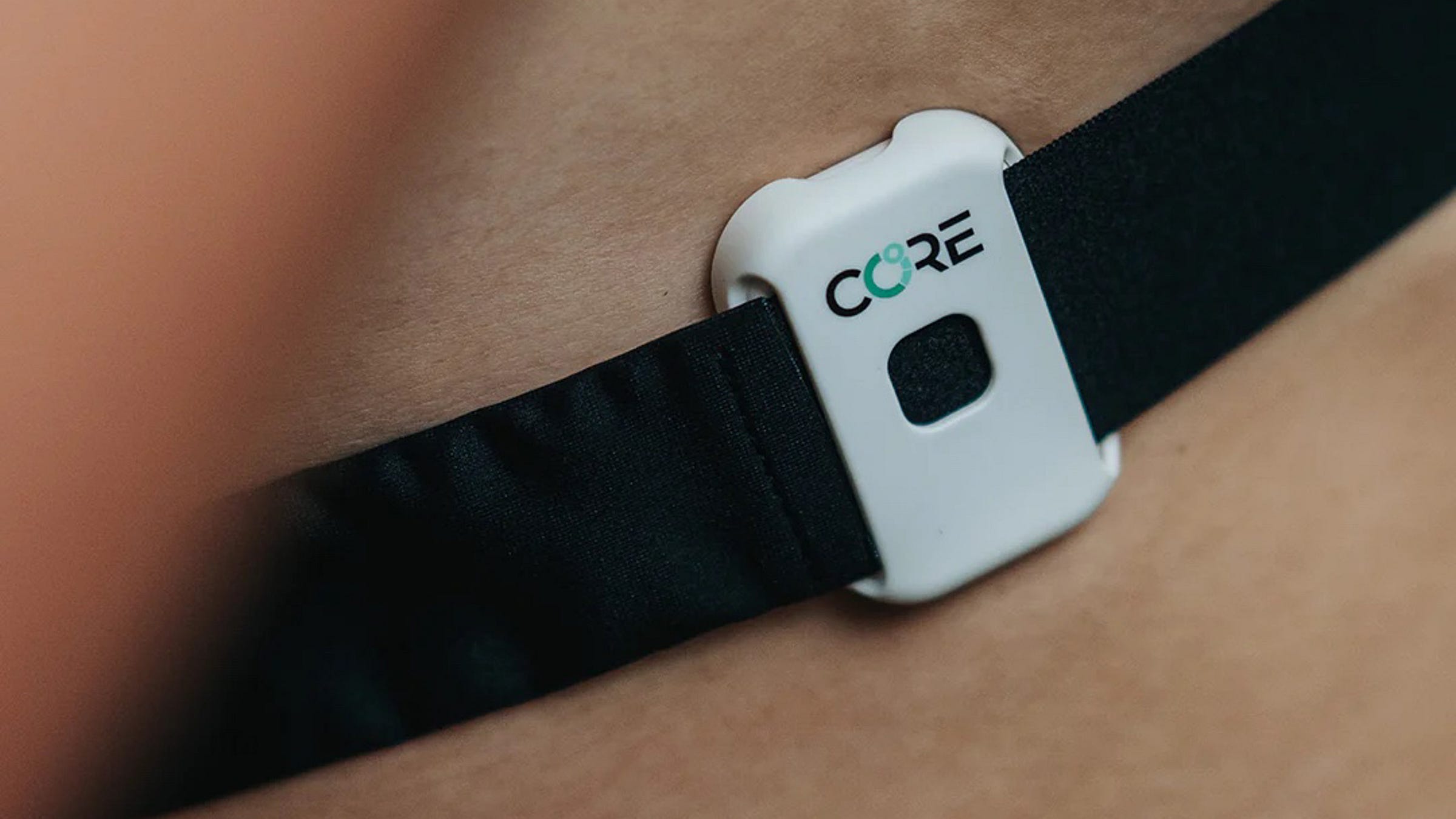
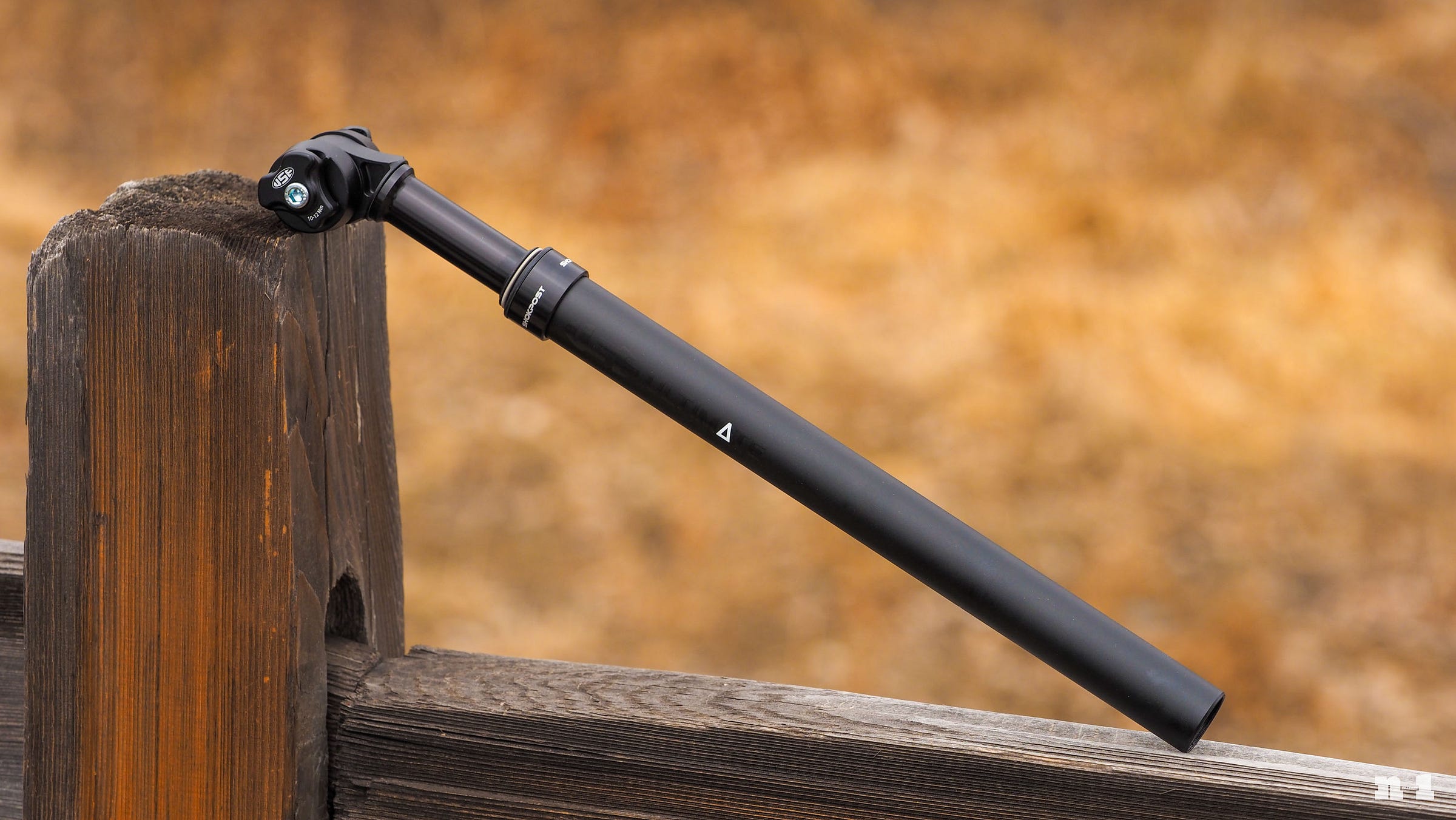
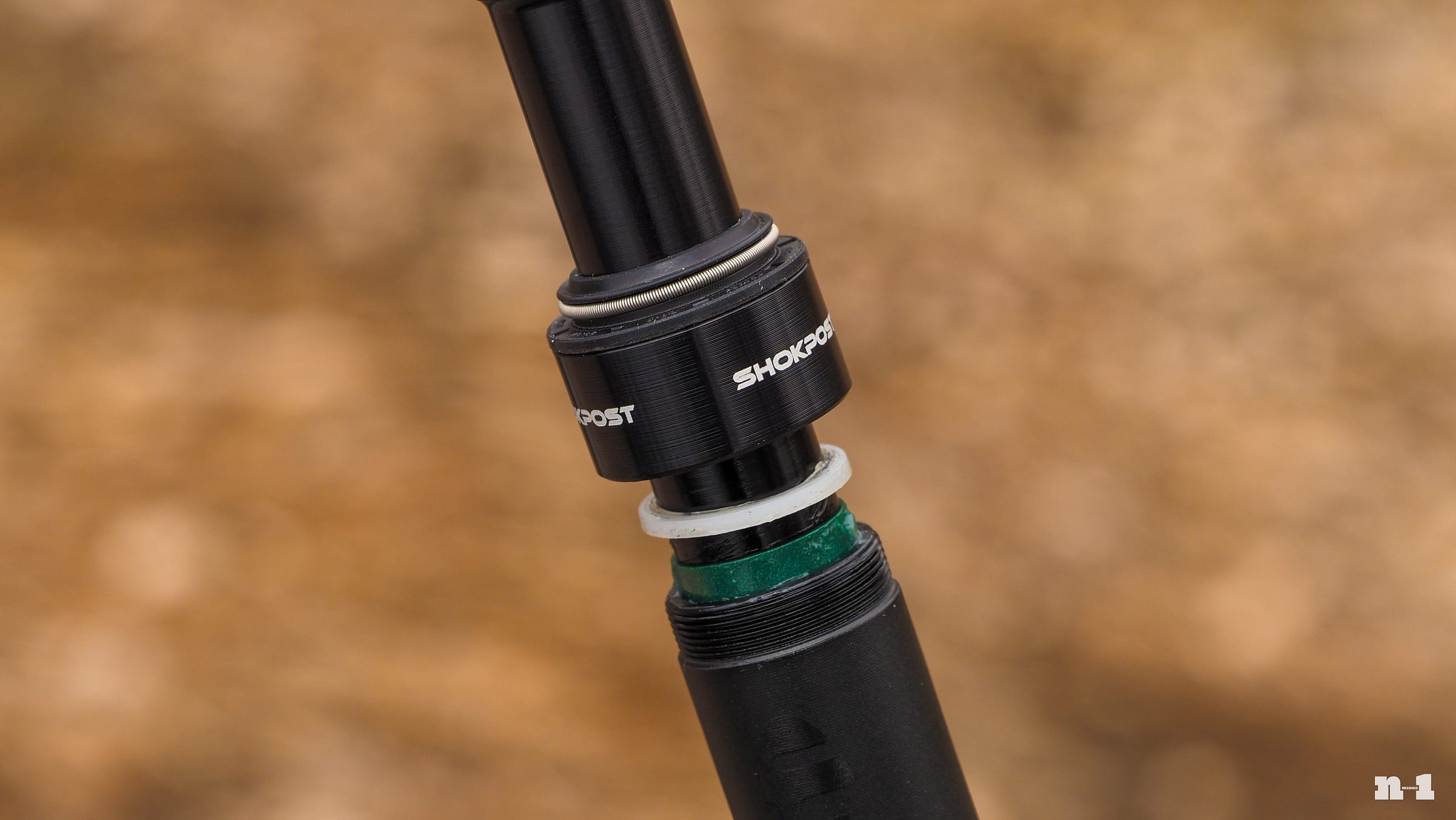
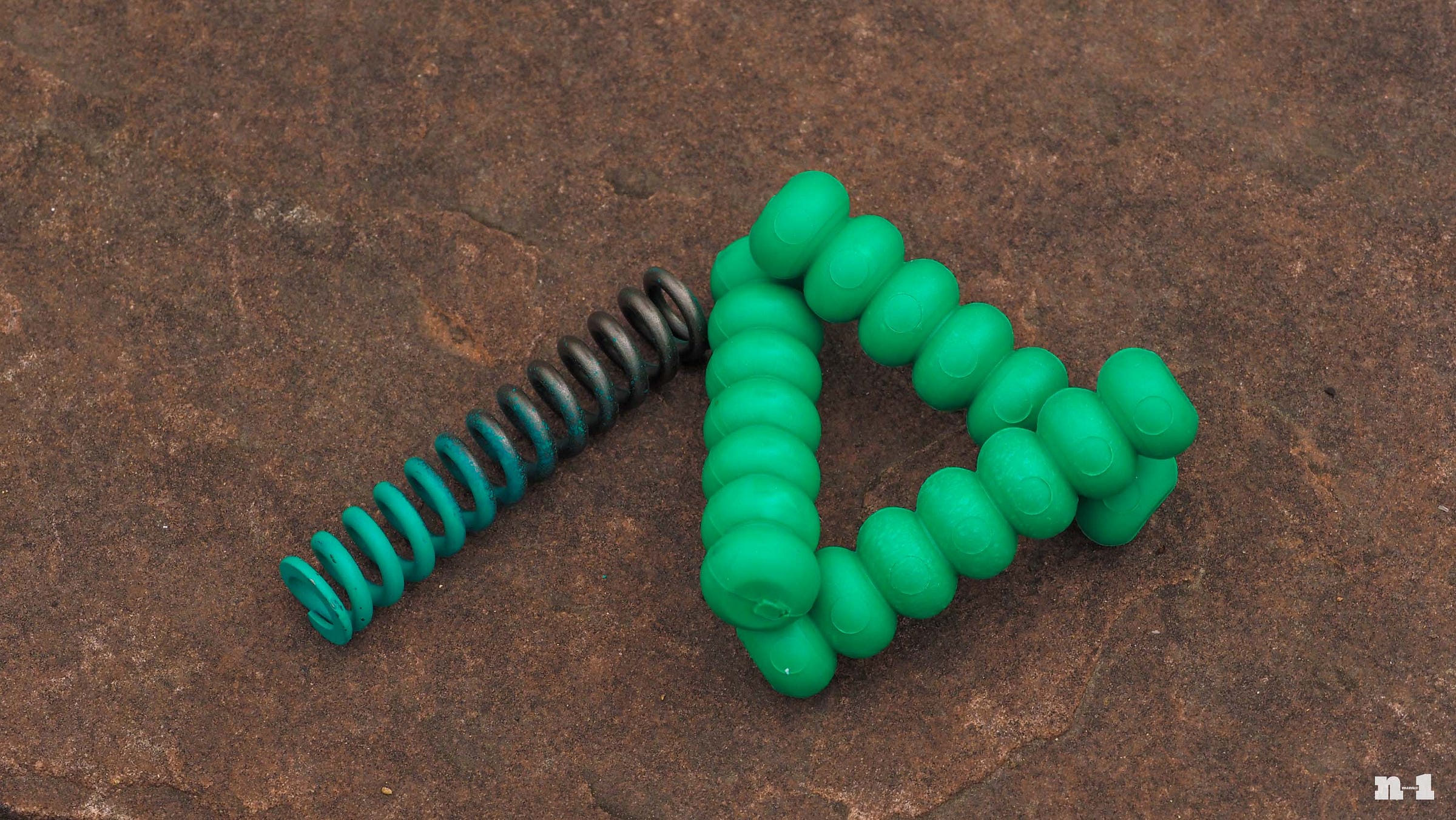
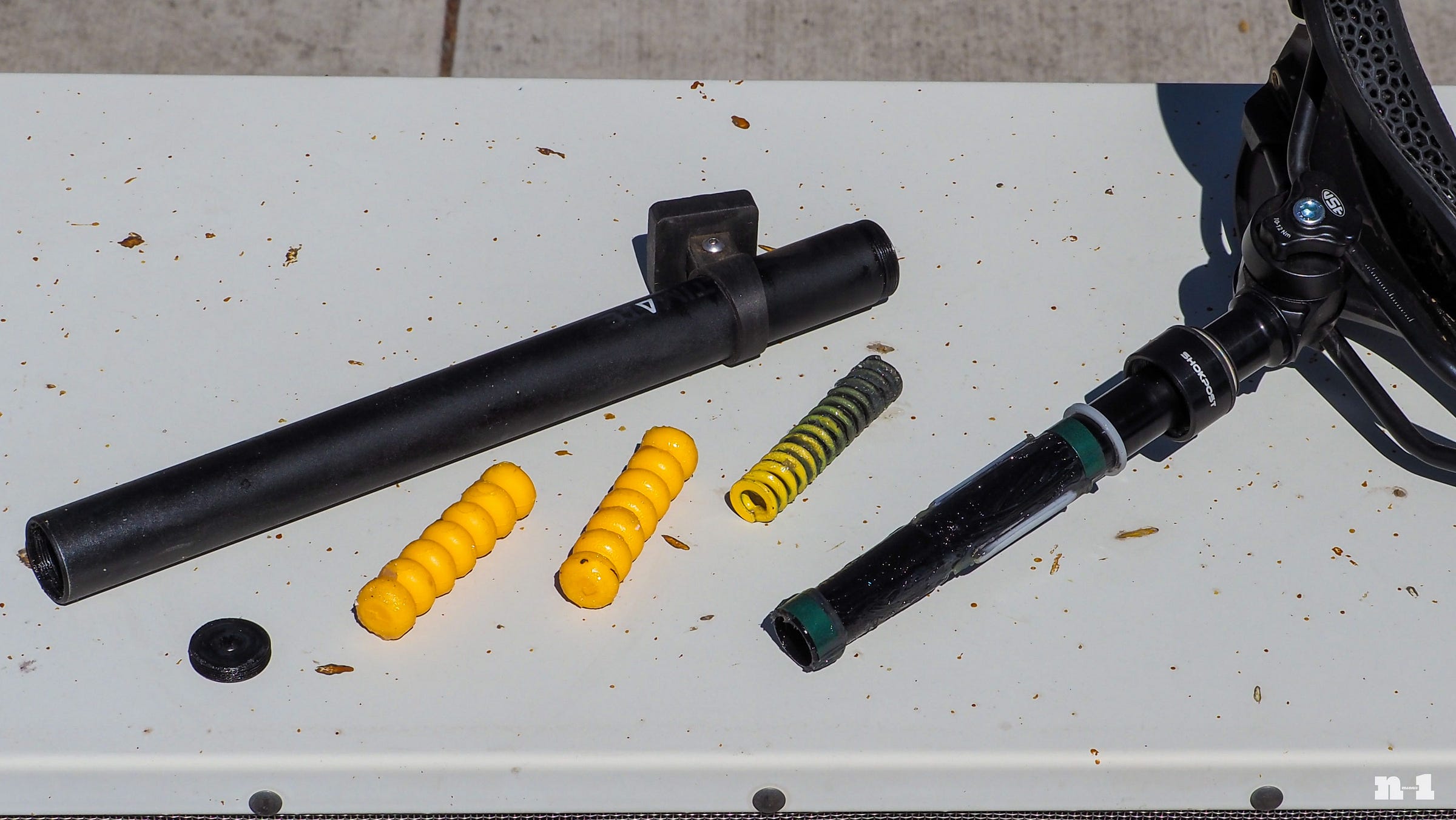

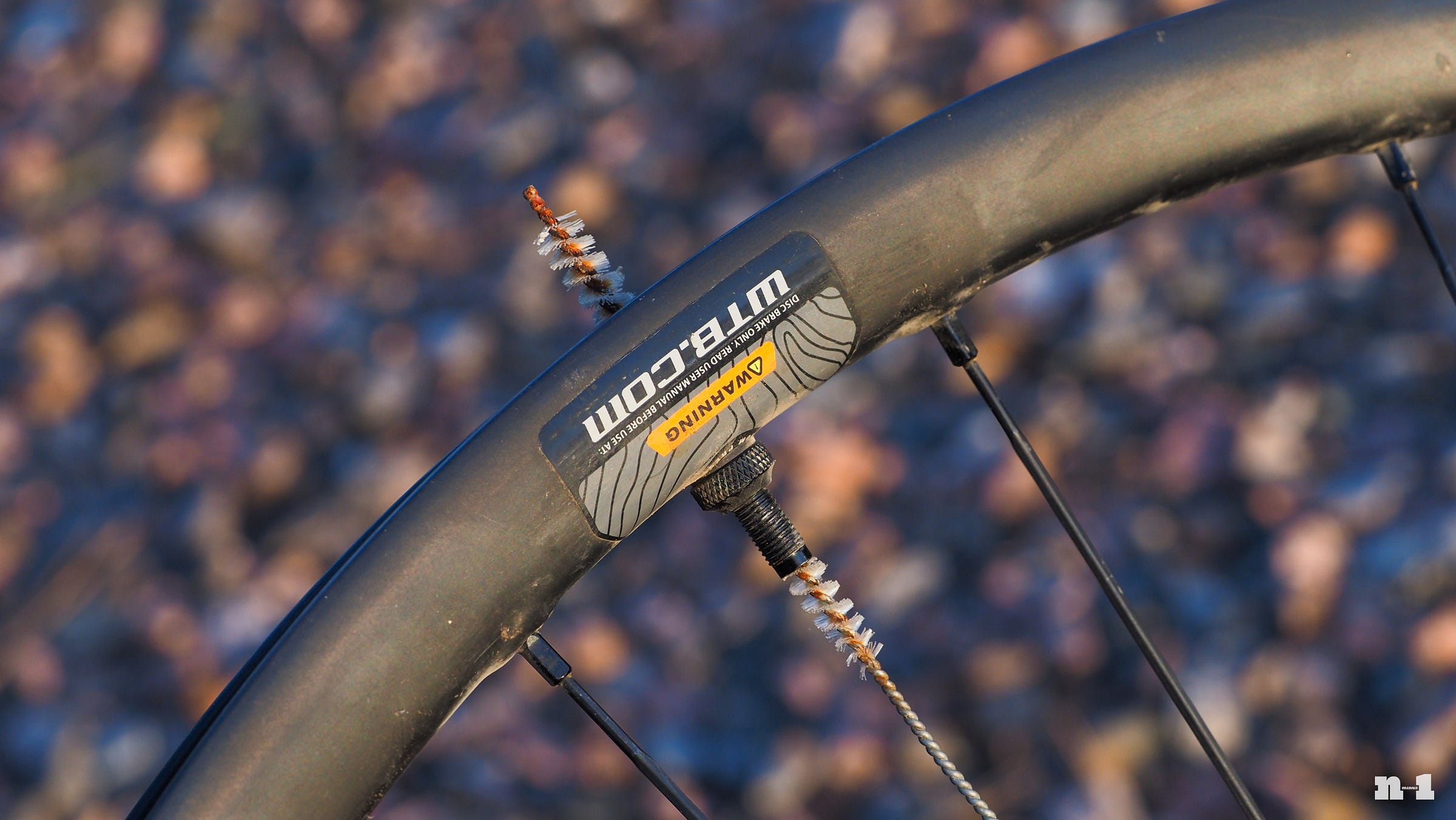
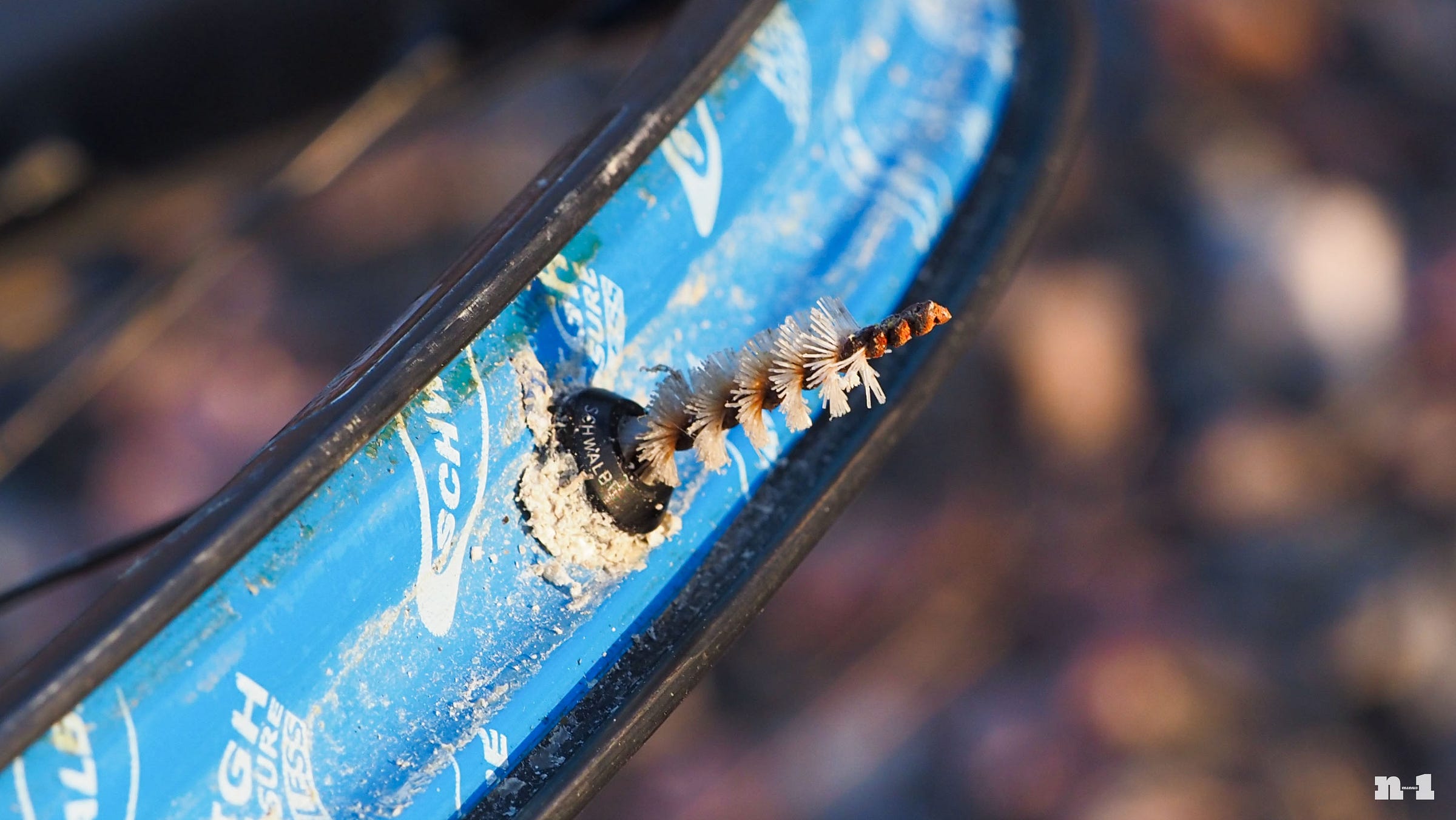
James, I love the conversational tone to the posts. Keep it up. I never worked in a shop but I did spend a lot of time hanging out there and it reminds me of those days.
Man, great stuff here, but that seventh paragraph especially spoke to me from my LBS days! Love the writing here. Fantastic.